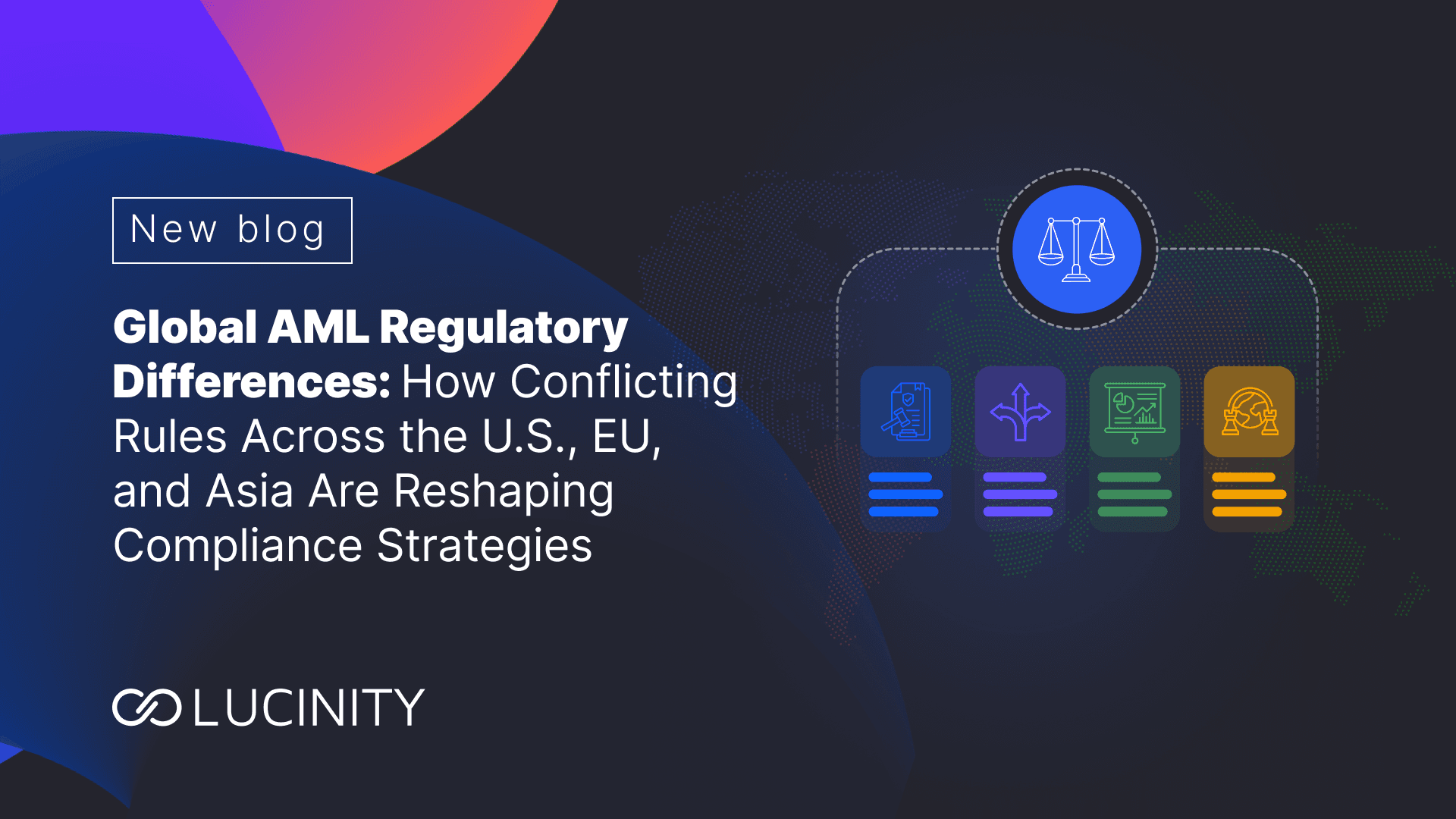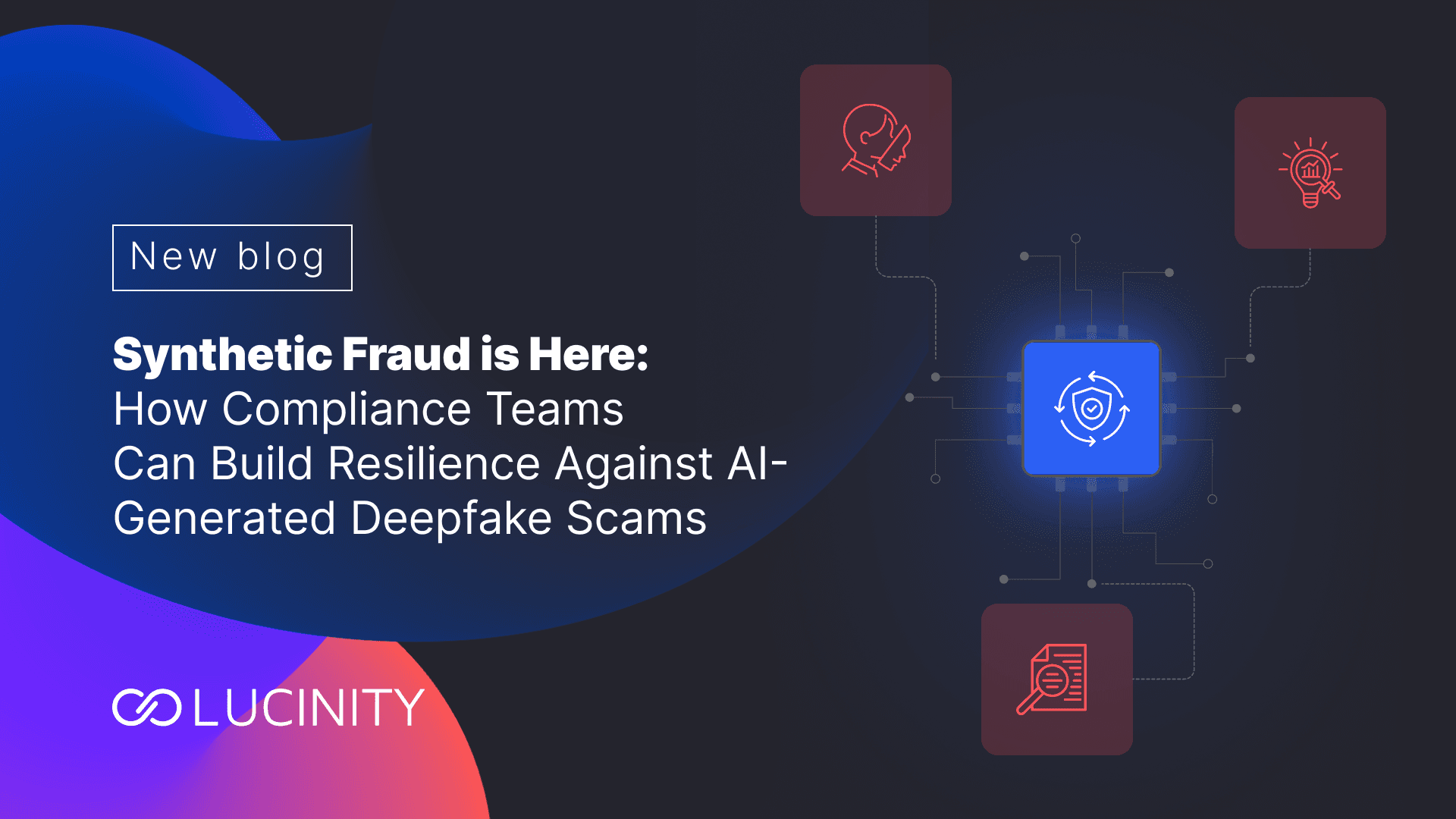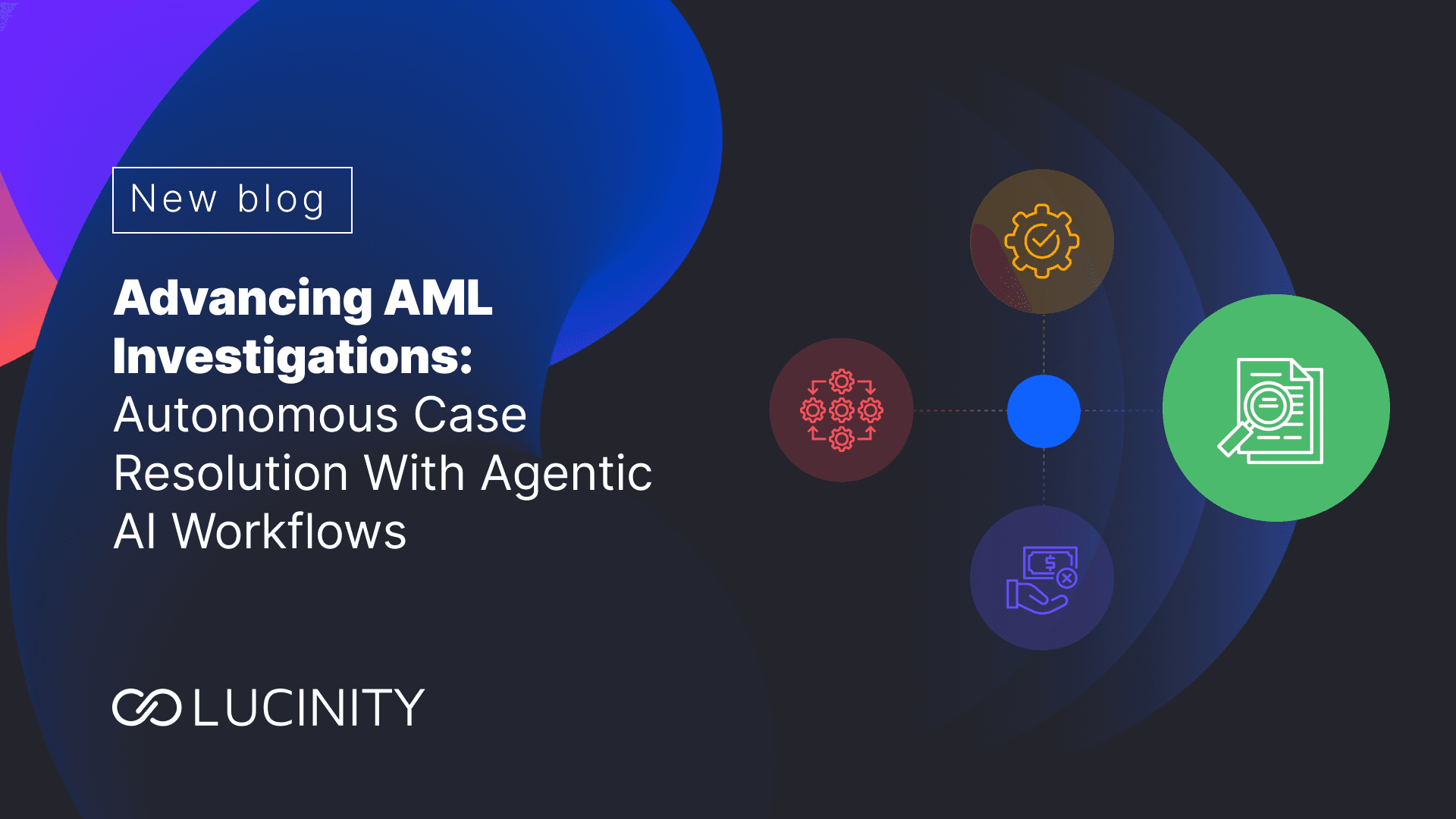Stop Monitoring Your Email Inbox: A Better RFI Workflow Is Here
Tired of messy email chains and scattered RFI workflows? This blog dives into why RFIs are still a major pain point in banking—and how Lucinity’s AI-powered solution transforms the chaos into a streamlined, automated process that saves time, reduces risk, and improves customer experience.
The Request for Information (RFI) process in banks is an absolute headache. Across the industry, it remains one of the most manually intensive, poorly tracked, and inconsistently executed parts of the investigative process.
It starts with the basics: shared inboxes, decentralized communication, and inconsistent tracking. In many institutions, RFIs are handled in ad-hoc ways. As some teams rely on email chains, others improvise with tools like Salesforce or Zendesk. These are excellent platforms, but they’re not compliance RFI tools.
As a result, banks frequently contact customers multiple times to request the same information. This points to operational inefficiencies and a lack of coordination, while also creating a negative customer experience.
The core issue here is fragmentation. Analysts are forced to toggle between systems to request information, track responses, and document outcomes. There’s no centralized view. No unified audit trail. Everyone is “doing RFIs together,” but no one owns the process or they all do, in silos.
Lucinity has seen this play out repeatedly, with compliance teams doing their best within legacy systems and improvised workflows.
Introducing Lucinity’s AI-Powered RFI Workflow
Say goodbye to inbox overload and scattered workflows. Lucinity’s new AI-powered RFI capability, fully embedded in our Case Manager and driven by our agentic AI, Luci, transforms how compliance teams request and manage information.
Built to eliminate fragmentation, reduce manual work, and streamline every step of the process, this new feature allows teams to draft, send, and track RFIs—all within one secure, centralized platform.
Whether you're reaching out to internal teams, customer success managers, or end users, Lucinity supports multiple RFI types with configurable templates that can be pre-filled with case-specific data like transactions or counterparty details. Analysts stay in control, reviewing and refining Luci’s output as needed while standardization and automation do the tedious work.
Let’s see how it works!
From Drafting to Decision: Agentic AI in Action
- Drafting: Luci generates initial RFI content based configuration, case context, including transaction details, beneficiaries, and counterparty data.
- Approval and Dispatch: Analysts review and send RFIs using their preferred method, such as email or webhook.
- Lifecycle Management: RFIs are assigned statuses such as pending, completed, or rejected, with audit logs recording all status changes and interactions.
- SLA Compliance: Timers track response deadlines. If no reply is received within the SLA window (e.g., 15 days), the system can automatically reactivate the case or escalate it according to predefined workflows.
- Response Processing: Replies are automatically captured and attached to the case, while the case is automatically reactivated and provided in the analyst’s workboard/queue.
Unlike retrofitted CRM tools, which were never designed for compliance workflows, Lucinity’s RFI module is purpose-built to bring structure, consistency, and auditability to your compliance processes. Embedded directly within the case management platform, it reduces manual effort and strengthens oversight.
And while it doesn’t rely on external tools to manage RFIs, Lucinity’s webhook and API approach allow for integrations with platforms like Salesforce—ensuring seamless interoperability across your compliance tech stack.
Why This RFI Workflow Changes Everything
- End-to-End Automation: Luci automates drafting, tracking, and response processing—analysts stay involved only where their judgment matters.
- Zero Inbox Monitoring: Forget watching shared mailboxes or tracking spreadsheet logs. Lucinity ties every RFI to the relevant case, and responses are auto-captured and logged.
- Enterprise-Grade Flexibility: Whether the RFI is for internal departments, external users, or partners, the system supports configurable templates and role-specific requests.
- Standardization: All communications follow consistent, approved formats that align with corporate policies and regulatory language.
- Configurability and Control: With built-in timers, SLA tracking, and automated case escalation, compliance managers can operate with greater predictability and efficiency.
- Customer Experience Outcomes: Teams send fewer duplicate requests and deliver faster, more consistent communication to customers.
The result? Fewer delays, fewer emails, and far fewer compliance headaches. By replacing scattered inboxes and spreadsheet trackers with a unified, intelligent workflow, Lucinity empowers teams to meet SLAs, reduce risk, and improve the customer experience—all without the administrative overhead.
To see how your organization can streamline RFI workflows and enhance investigative outcomes, learn more about Lucinity's Case Manager





